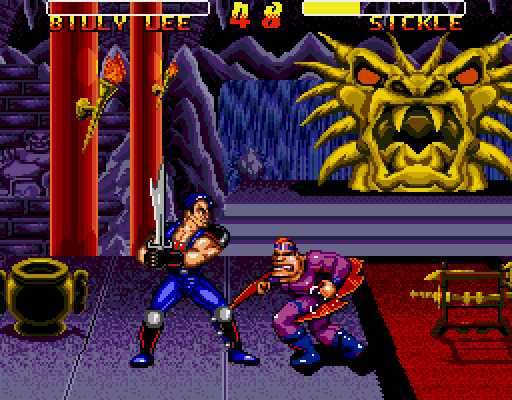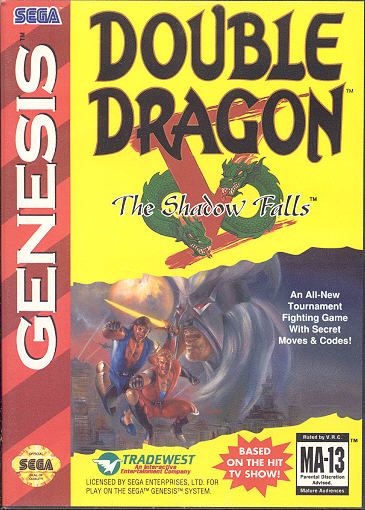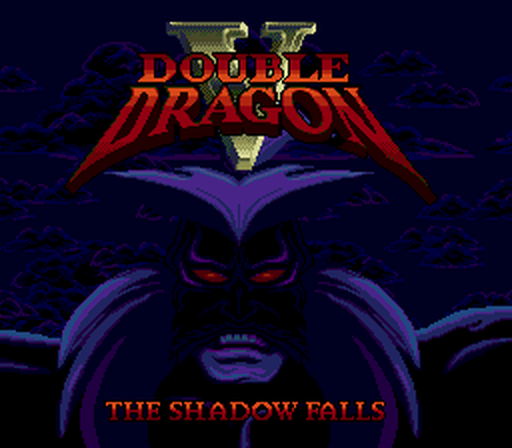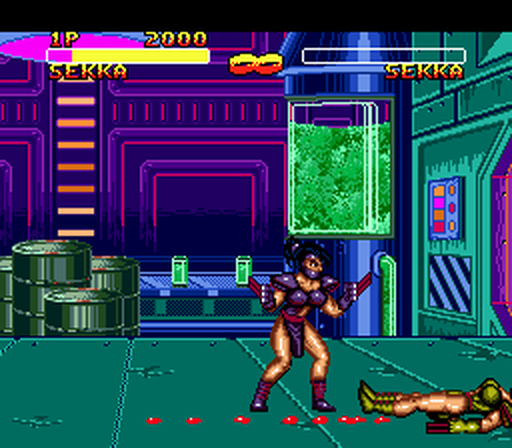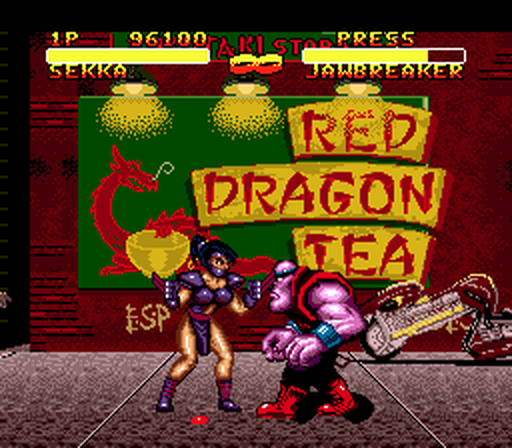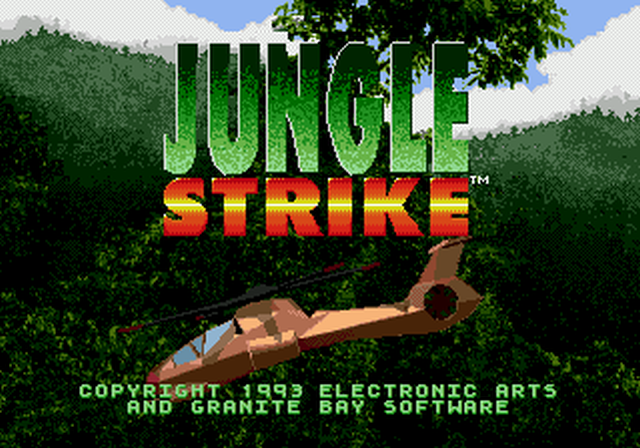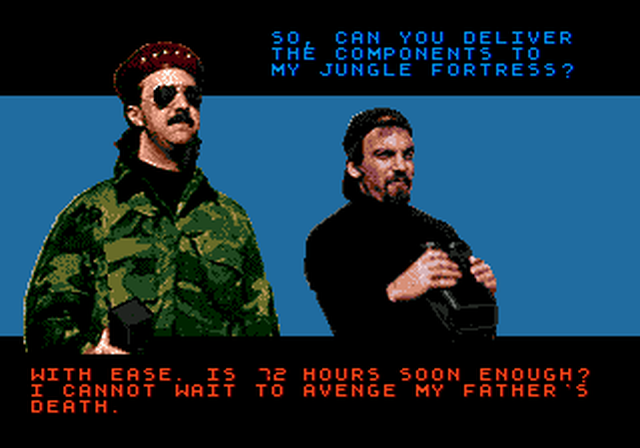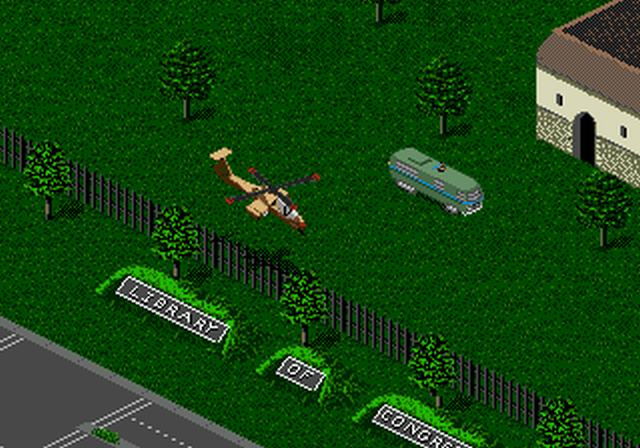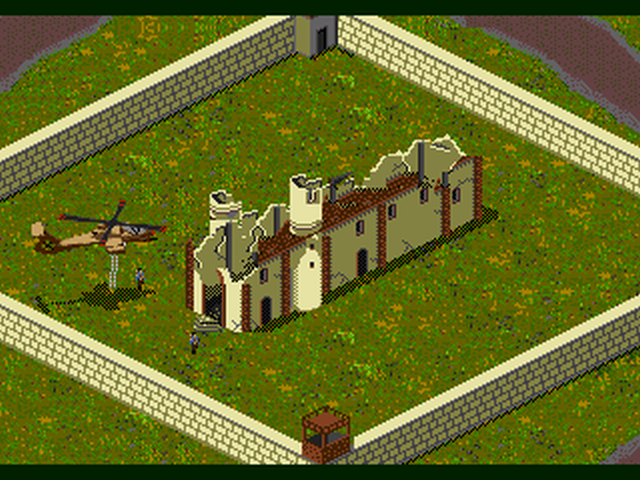Aero the Acro-Bat 2 is a side-scrolling platform game released in 1994 for both the Sega Genesis and Super Nintendo. This is a pretty typical platformer of which there were endless quantities of in the 16-bit days. However, it is at least an above average one. As the name suggests, this is a sequel. Like the first game, it was developed by Iguana Entertainment and published by Sunsoft and involved many of the same creators.

The story… Ok, well the story doesn’t really matter all that much for this type of game. Suffice it to say that it involves an acrobatic bat, a protagonist named Edward Ektor, a Museum of Horrors, a magical box, an ancient castle and a kamikaze squirrel among other interesting things and characters. The game is split into eight worlds, most of which (except the last one) have three acts. The basic mechanics haven’t changed too much from the original game. For instance, Aero still has his basic drill attack and can throw stars at enemies. However, a few new moves have been added and the controls are somewhat improved.

Sequels don’t always improve upon the original but in this case, Aero the Acro-Bat 2 seems a step up from the original. It has improved graphics, is a much longer game, has improved play control and more moves, and has a distinctively darker feel that helps it stand out from the original. Having said that, there’s nothing terribly original about the Aero games as platformers in general. They just do what they do better than most. This game gives you pretty much exactly what you would expect out of a 16-bit platformer.

Reviews for Aero the Acro-Bat 2 were all quite positive. If you like platform games then this is one you should definitely check out. While not the most original game in the world the execution is very good and it is a fun game to play. As far as which version to try, I would say pick the one for your favorite console. Both versions are good and I don’t think one really stands out from the other. Unfortunately, there isn’t much to talk about in the way of re-releases. There was a Nintendo Virtual Console version for the Wii in the past but there doesn’t seem to be any Aero games available online for the Switch. If you do want to give this one a try, you’ll have to track down an original cartridge or be content with emulation.
Screen shots above are from the Sega Genesis version of the game.

